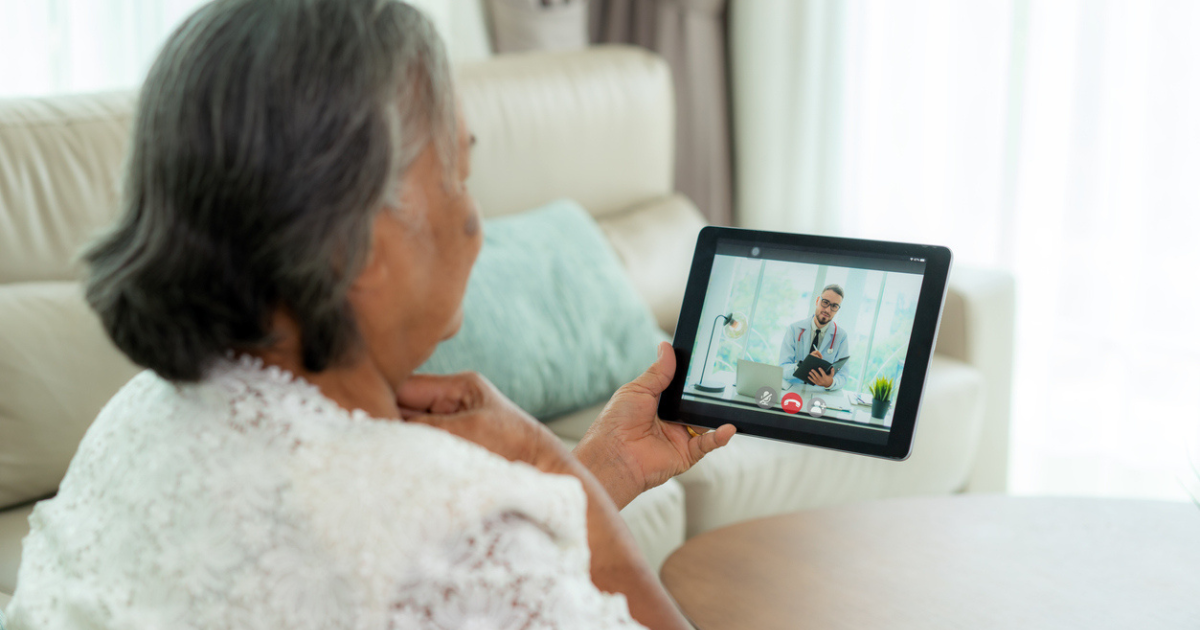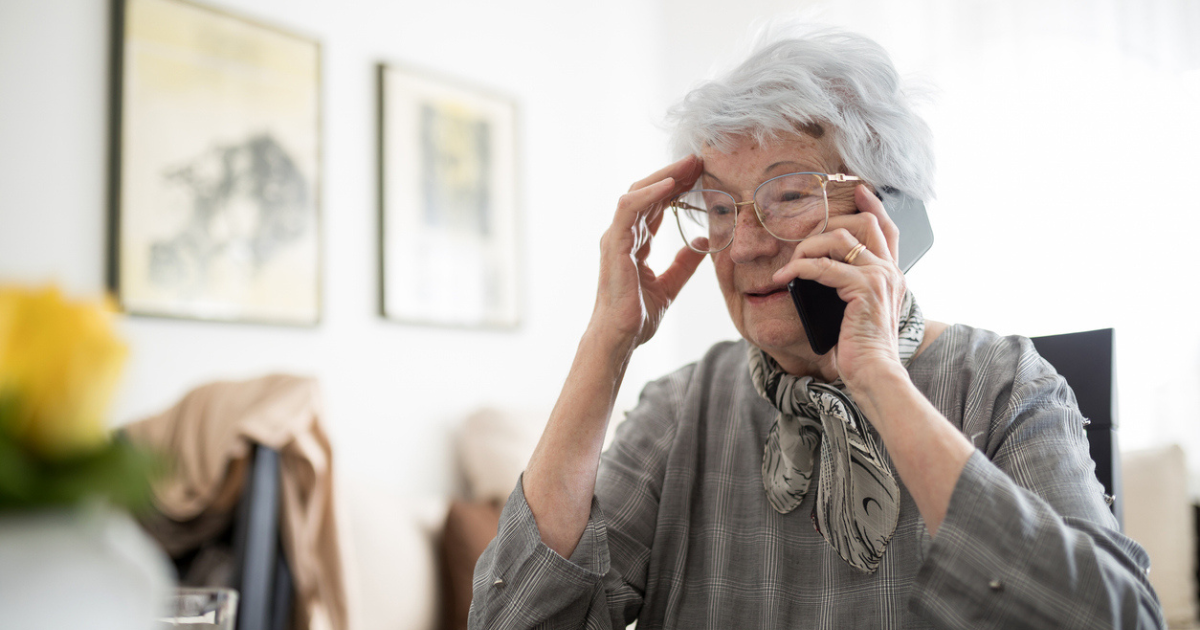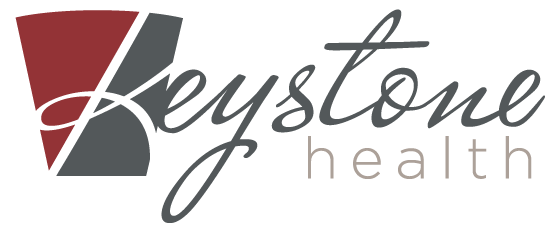
With the increasing number of older adults choosing to age in place, understanding how to monitor their well-being effectively becomes paramount. Let’s explore the necessity of check-in services, the various types available, and the best practices for implementing them to help seniors retain their independence and receive the support they need to thrive.
Understanding the Need for Senior Check-In Services
Regular check-ins are vital for older adults living alone or with limited mobility, as they help maintain their safety, health, emotional wellness, and independence.
Safety
One of the primary reasons regular check-ins are paramount is safety. The risk of accidents or emergencies occurring when an elderly person is alone is significantly higher for those living independently or those who are homebound.
Regular check-ins act as a preventive measure. They provide an opportunity to detect and respond to potential hazards, from falls to critical health issues that require immediate attention.
Health Monitoring
While ensuring physical safety is key, senior check-in services also play a vital role in health monitoring.
Living with chronic conditions like heart disease, diabetes, and arthritis requires regular oversight to manage effectively. These check-ins enable healthcare providers or caregivers to monitor symptoms, ensure medication adherence, and assess the need for medical adjustments or interventions.
Emotional Well-Being
Perhaps one of the most overlooked aspects of senior check-in services is their impact on emotional well-being. Loneliness and social isolation can have devastating effects on seniors, leading to deterioration in both mental and physical health.
Regular check-ins provide much-needed social interaction, combating feelings of loneliness and abandonment. This emotional support is essential for fostering a sense of community and connection that contributes significantly to the mental health of the elderly.
Empowering Independence
Moreover, senior check-in services empower older adults to maintain their independence while ensuring they are not vulnerable.
Knowing that they have a support system that respects their autonomy yet is always on standby to assist provides seniors and their families peace of mind.

Types of Check-In Services
These services range from daily call and emergency alert systems to more personalized check-ins. Each type serves a unique purpose, ensuring that older adults receive the care and attention they need.
Daily Call Services
One of the simplest yet most effective forms of check-in services is the daily call service. These calls serve multiple purposes: they are a friendly check-in to combat loneliness, a wellness check, and can also include medication reminders.
Here are several daily call services available to seniors:
The personal touch of hearing a familiar voice on the other end of the line can make a significant difference in a senior's day that offers comfort and a sense of connection.
Emergency Alert Systems
Emergency alert systems are indispensable for those with health conditions that might require immediate attention.
Modern emergency alert systems are equipped with GPS tracking, fall detection, and the ability to call emergency services with the press of a button.
- The National Council on Aging (NCOA) provides guidance on selecting the best medical alert systems for in-home use.
These systems typically involve wearable devices that detect falls or have a button the user can press in an emergency. Once activated, these devices immediately alert family members or emergency services.
Automated Monitoring Services
Automated monitoring systems use smart technologies to monitor seniors, especially those homebound or with conditions requiring constant monitoring.
These services can range from simple video calling features to more specialized systems integrated with telehealth services.
- NCOA has outlined the top video check-in systems for older adults with features like reminders for medication, scheduled check-in times, and alerts for caregivers if the senior does not respond.
Additionally, smart home devices and systems can offer motion-activated cameras, sensors, or wearable devices that allow family members to check in on elderly family members remotely, ensuring their safety and well-being while maintaining their privacy and independence.
In-Home Checks
In-home check-in services provide a comprehensive approach to caring for seniors within the comfort of their own homes. These services typically involve regular visits by healthcare professionals who perform wellness checks, medication management, and health assessments.
Additionally, these visits can include discussions on nutrition and exercise tailored to health needs and preferences.
Keystone Health offers several personalized check-in services designed to provide comprehensive care and support:
- Primary Care: Regular in-home visits for routine health check-ins and primary healthcare services.
- Geriatric Care Clinic: Frequent routine medical visits at home to implement specialized care plans, including preventative care and management of age-related conditions.
- Chronic Care Management: Weekly support for seniors with chronic conditions to provide consistent monitoring and adjustment of their care plans to promote long-term wellness.
Our services emphasize a holistic approach to health management for older adults. They’re designed to address immediate health concerns and promote long-term wellness through regular check-ins, medication management, and lifestyle advice.

Best Practices for Implementing Check-In Services
To ensure these services provide the maximum benefit, it's important to follow best practices, prioritizing privacy, ease of use, and personalization. In doing so, you create a supportive environment that empowers seniors to live their lives to the fullest, reassuring them that help is always within reach.
Here are some guidelines to help choose and implement effective check-in services tailored to older individuals.
Assess Needs and Preferences
Consider factors such as their health condition, level of independence, technological proficiency, and personal comfort with various check-in services.
For instance, some may prefer the personal touch of daily call services, while others might find automated monitoring systems or emergency alert devices more reassuring.
Prioritize Privacy and Consent
Privacy is a paramount concern when implementing any form of check-in service. Ensure seniors are fully informed about how the service works, what data will be collected, and who will access this information.
Obtain explicit consent before proceeding, and choose services that comply with privacy laws and regulations to protect sensitive information.
Look for Ease of Use
The effectiveness of a check-in service is closely tied to its ease of use, especially for technology-based solutions.
Opt for services with user-friendly interfaces and consider the senior's comfort and familiarity with technology. It’s essential to provide training and support during the initial setup and as needed afterward to ensure the senior can confidently use the service.
Personalize the Service
Customization can significantly enhance the effectiveness of check-in services. Look for options that allow personalization according to the older adult’s lifestyle, health needs, and personal preferences.
For example, scheduling daily calls when the older adult is most comfortable or setting up medication reminders based on their specific medication regimen enhances the service's relevance.
Regularly Review and Adjust
Needs and circumstances can change over time, so it's important to review the effectiveness of the check-in service regularly.
Be open to feedback from the older adult and be prepared to make adjustments as needed. This might involve changing the type of service, altering the frequency of check-ins, or incorporating additional features to meet the senior's changing needs better.
Ensure Integration With Overall Care Plan
Ensure that the check-in service integrates with other care elements for those under comprehensive care plans.
This includes sharing relevant information with healthcare providers and caregivers, as appropriate, to maintain a holistic view of the senior's health and well-being.
Provide Support and Education
Finally, providing ongoing support and education for the elderly adult and their caregivers is important.
This includes troubleshooting any issues with the service, offering refresher training as needed, and keeping them informed about new features or options that could improve the care experience.
Enhancing Senior Care through Regular Check-Ins
By understanding the diverse needs of older adults, caregivers and healthcare providers can implement various check-in methods, from daily calls to sophisticated monitoring systems.
Adopting these practices will empower seniors to maintain their independence and provide peace of mind to their families, knowing that their loved ones are well cared for.
